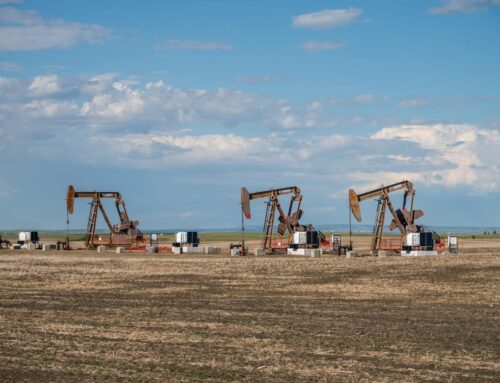The Department of the Interior (DOI) revealed in its FY23 Budget In Brief the creation of an Interagency Working Group to review hardrock mining permitting and oversight on Federal lands in recognition of the 150th anniversary of the Mining Law of 1872. As part of the review effort, the Department will host public input and comment sessions on potential hardrock mining reforms. We hope this comprehensive review can help restart conversations about the need for Congress to enact a royalty on hardrock minerals extracted from public lands.
In October 2021, TCS Vice President Autumn Hanna testified in front of the Senate Energy and Natural Resources Committee on the General Mining Law of 1872 and the long-overdue reforms it needs. For the past 150 years, mining companies have not been required to pay a royalty to taxpayers from the sale of publicly owned hardrock minerals like gold, silver, copper, etc., extracted from federal lands. This is different from federal management of oil, gas, and coal development, which charges extractive companies a royalty rate as high as 18.75 percent. The House version of the Build Back Better Act released last November included a long-awaited hardrock royalty of 4% of gross income for new mining operations and 2% for existing ones. However, an updated version released just three days later removed the hardrock royalty provisions.
The General Mining Law of 1872 provided only a skeletal structure for federal management of hardrock mining and omitted provisions requiring mine cleanup after mining operations cease. The Bureau of Land Management (BLM) has previously estimated there are 51,000 abandoned hardrock mines on BLM lands, 10% of which have environmental impacts and 95% of which pose physical safety risks.
The FY23 budget request includes $65 million to the Energy Community Revitalization Program to assist with abandoned hardrock mine cleanup on State, Tribal and Interior lands; and $62.2 million for Abandoned Mine Lands (AMLs) and Hazardous Materials Management programs to address the “volume and complexity” of abandoned hardrock mines on BLM lands. In 2020, the Government Accountability Report (GAO) reported that EPA had documented 140,000 abandoned hardrock mine features on federal lands, with up to 390,000 more that are currently undocumented. From FY2008 to FY2017, BLM along with four other agencies (U.S. Forest Service, National Park Service, Environmental Protection Agency, and Office of Surface Mining Reclamation and Enforcement) spent around $2.9 billion on reclamation. GAO estimated that it will cost billions more to address abandoned mine sites in the future. Had a royalty been imposed on hardrock minerals, the federal government could cover at least some of the billions of dollars’ worth of liabilities left by the mining industry.











Get Social